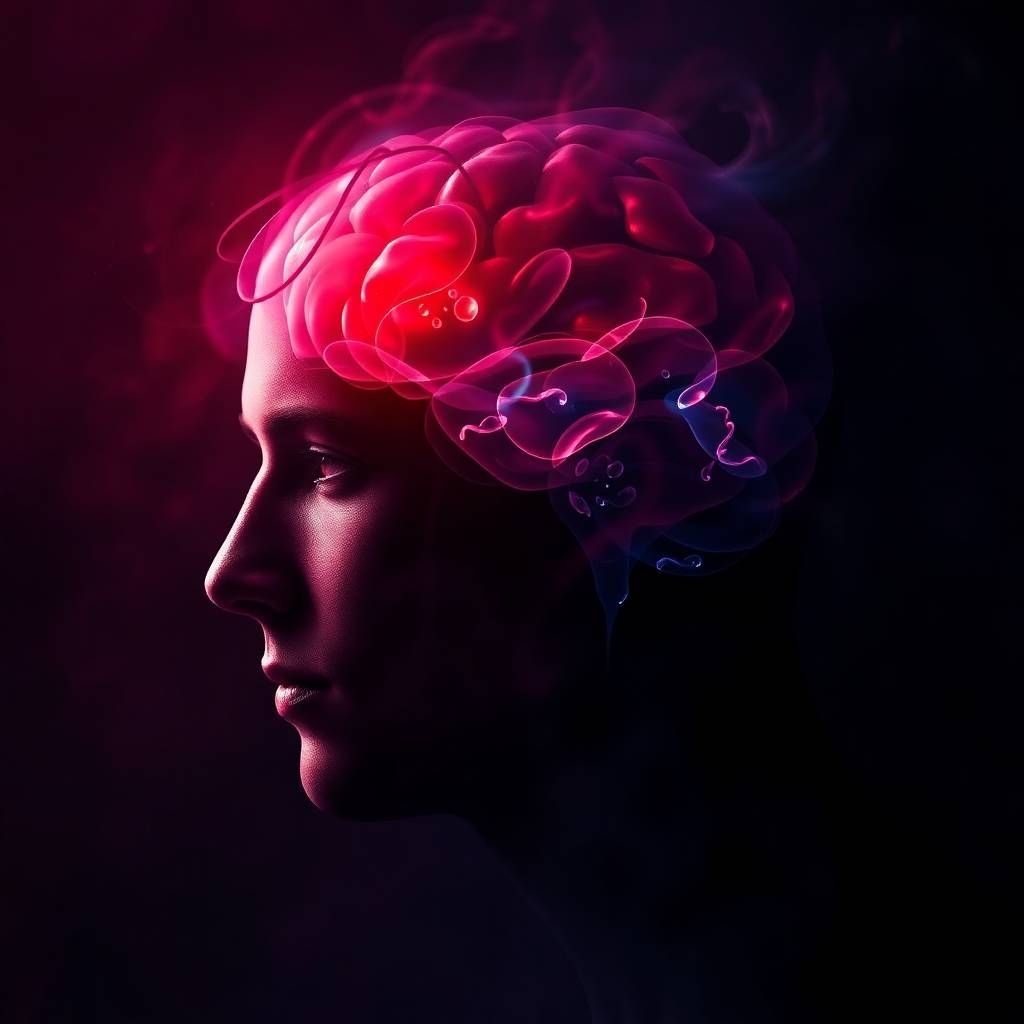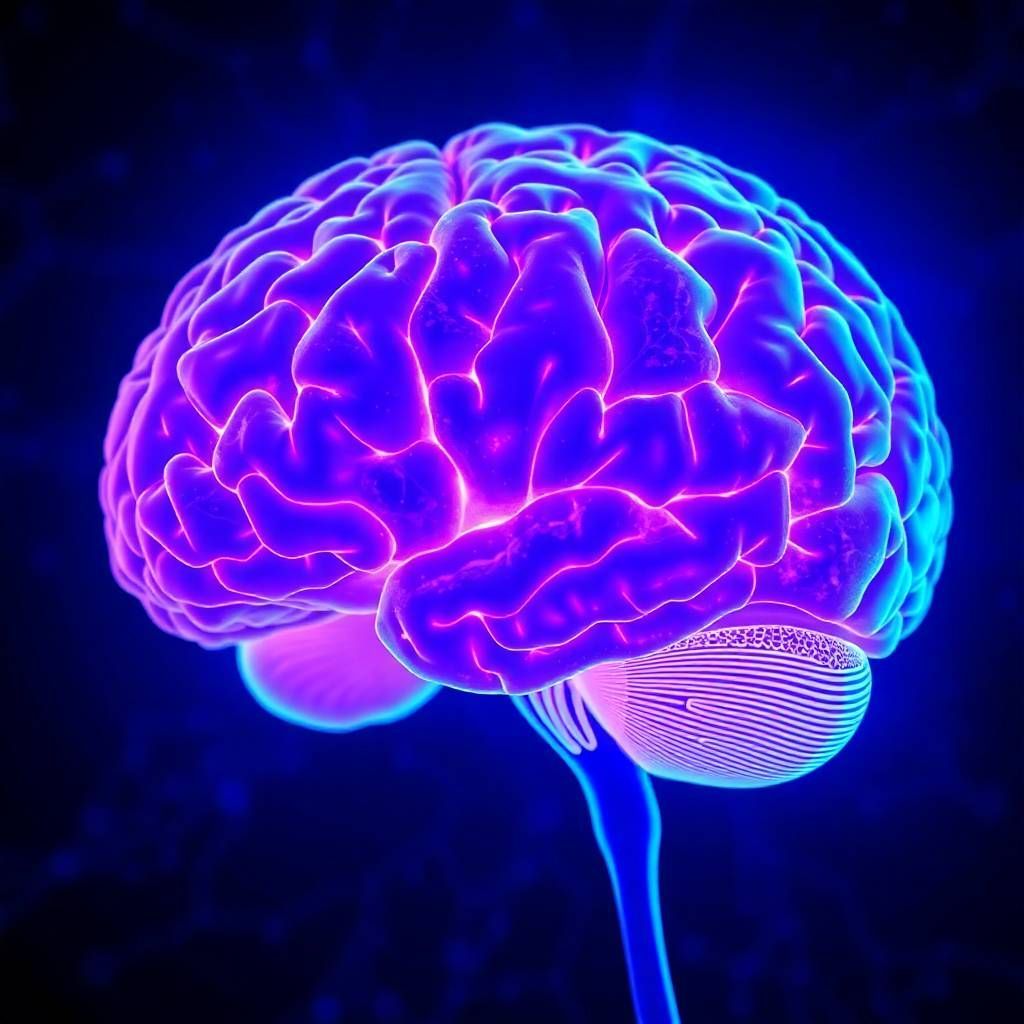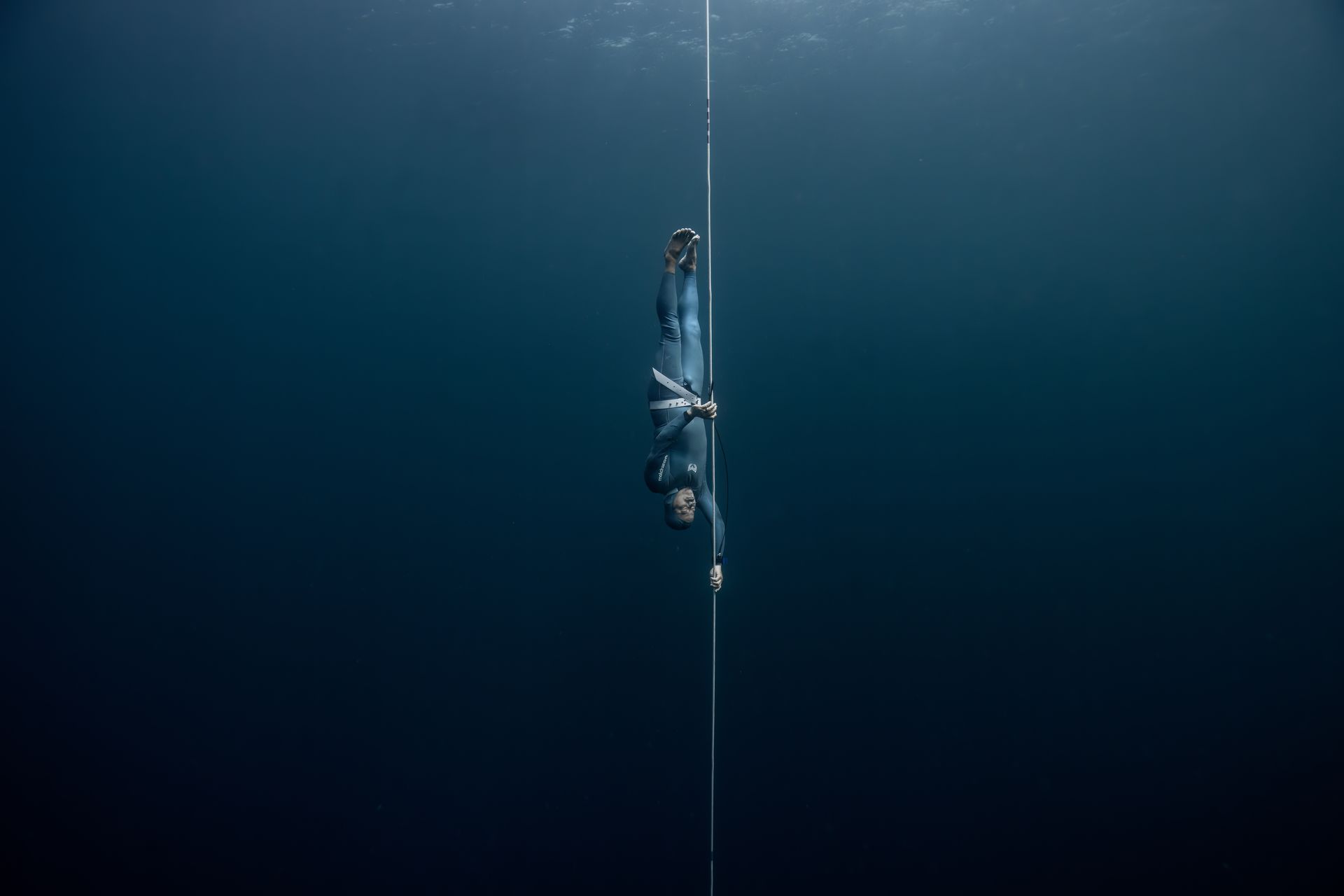Understanding trauma, stress, and healing through the lens of the body
I didn’t come to learn about mental health and the nervous system through school, textbooks or social media.
I learned the hard way—completely burned out, running on empty, and constantly overwhelmed. I was eventually diagnosed with depression, anxiety, and a condition called fibromyalgia. If you’re not familiar with it, it’s a debilitating mix of chronic pain and fatigue, and to this day, there’s no known cause.
At first I didn’t cope in the best ways. I numbed out with alcohol, cigarettes, and drugs—but also through overindulgence: buying things I didn’t need, eating past fullness, chasing quick fixes. Sometimes, the most self-aware thing I did was book a massage.
Years ago, I believed like many others that mental health was all about the mind. That it was all in your head, talk it out, stay positive. But no amount of mindset could truly override what was happening inside my body.
After my depression and anxiety diagnosis I treated it the traditional way - anti-depression and anti-anxiety medication as well as talk therapy.
And it worked, it got me back on my feet, but it had its limits. I was still vulnerable to slip back and was not thriving in life - happiness and contentment were elusive.

It wasn’t until I discovered freediving—and later, yoga, breathwork, and cold exposure—that I began to understand the true regulator of my mental state: my nervous system.
You may not have called it “nervous system regulation,” but chances are, you’ve already done it. If you’ve ever danced until you felt free, worked out and felt the tension melt away, walked barefoot on the beach, sat quietly in a forest, watched a sunset in awe, melted into a massage table, or sweated it out in a sauna - you’ve honored your nervous system. These moments of stillness, movement, connection, or sensation are all ways we instinctively shift ourselves back into balance. They’re not luxuries - they’re medicine.
In this blog, I want to walk you through how nervous system regulation went from an obscure niche to the cornerstone of modern mental health - and why it’s become the backbone of what I teach.
Although I’m not a mental health professional, through teaching freediving, breathwork, yoga, and guiding people into ice baths, I’ve been steadily learning the language of the nervous system. What I’ve discovered has been life-changing - not just for me, but for my students too. I’d love to take you along on this journey as I continue to explore how understanding and regulating our nervous system can transform the way we live, breathe, and heal.
Early Psychology: The Era of the Mind

For most of the 20th century, mental health was viewed primarily as a problem of the mind.
Freud, Jung, and the early psychologists emphasized talk therapy, the subconscious, and internal thought processes. Emotions and trauma were approached by thinking, analyzing, and verbalizing.
And for many, that approach was deeply helpful—even life-changing.
But for others, it wasn’t enough.
Cognitive tools alone couldn’t always resolve anxiety or heal trauma.
Why? Because the body was left out of the conversation.
The Body Comes into Focus

In the late 20th century, pioneering therapists and researchers began noticing that many clients had deep-rooted trauma responses that couldn’t be resolved just by talking.
This led to:
- Peter Levine’s work on Somatic Experiencing (1990s), showing trauma gets "stuck" in the body. Though Levine’s work was grounded more in experiential wisdom than clinical research, it offered a powerful roadmap to healing trauma through the body—not just the mind and helped pave the way for the modern field of somatic therapy as we know it today.
- Bessel van der Kolk’s breakthrough book, The Body Keeps the Score (2014), which made it mainstream that trauma isn’t just psychological—it’s physiological. His book bridged the gap between science and somatic wisdom, making the case that you can’t think your way out of trauma—you have to work with the nervous system. Its widespread popularity not only validated the importance of nervous system regulation but also helped professionals across psychology, medicine, and education take it seriously. In many ways, The Body Keeps the Score gave this movement its scientific backbone—and its global reach.
- Stephen Porges' Polyvagal Theory (early 2000s) gave nervous system regulation a scientific foundation. By showing how the vagus nerve controls states like fight, flight, freeze, and calm, he explained trauma responses through biology—not just psychology. This theory transformed how we understand and treat trauma, making the nervous system central to emotional health.
The Rise of Polyvagal Theory & Safety

Porges introduced the idea that our sense of safety—and our ability to feel calm—is dictated by the state of our autonomic nervous system.
This includes:
- Fight or flight (sympathetic)
- Freeze or shut down (dorsal vagal)
- Rest, connection, and social engagement (ventral vagal)
Polyvagal theory reframed the conversation:
“If you want to heal, you have to help the nervous system feel safe first.”
4. Modern Neuroscience Confirms the Shift

In the 2010s and 2020s, studies in neuroscience started to validate what these pioneers suspected:
- Stress, trauma, and anxiety live in the nervous system loops, not just in thoughts.
- Techniques like breathwork, yoga, cold exposure, vagal toning, and EMDR (Eye Movement Desensitization and Reprocessing) began showing measurable benefits by targeting nervous system states, not just thoughts or beliefs.
This is why today you may hear:
“You don’t need to talk about your trauma to heal it. You need to help your body feel safe again.”
Why It Matters Today

In a world of constant stress, overstimulation, and burnout, nervous system regulation is no longer a niche wellness tool - it’s survival.
It teaches people:
- How to get out of fight-or-flight.
- How to build resilience to stress.
- How to shift from anxious and shut down to calm and connected.
It’s the foundation behind why breathwork, cold plunges, yoga, and even freediving are powerful healing modalities.
How Did I Learn This Through Freediving?

Freediving turned out to be one of the most powerful conduits for learning about the nervous system - because in freediving, relaxation isn’t optional, it’s a fundamental skill.
The more relaxed you are, both mentally and physically, the less oxygen you consume. And in a sport where every breath counts, learning how to enter a calm, efficient state isn’t just helpful - it’s essential.
Relaxation is also essential for proper equalization, for all levels of freedivers. If relaxation is the most important skill for freedivers, equalization is #2. If you are holding tension in your neck, shoulders and/or face, your soft palate will shut which will prevent air from moving through your sinuses and into your ears to equalize properly.
On deeper dives (30m+), physical tension can even become dangerous, increasing the risk of injuries from the intense hydrostatic pressure at depth. (While this isn’t typically an issue for beginners, it becomes critical as you progress.)
So the question becomes: how do you relax on command, even under stress? The answer lies in nervous system regulation. Freediving taught me how to recognize the subtle signals of fight, flight, or freeze—and how to shift out of them through breath, presence, and awareness.
There are many layers to what freediving has taught me about the nervous system, but this is the foundation: to go deep, you must go calm.
Why It Matters For You
When we feel truly safe - physically, emotionally, and socially - our body begins to shift out of survival mode. The nervous system moves from a state of hypervigilance or shutdown into a calmer, more regulated state, often called ventral vagal in Polyvagal Theory.
In this state, healing can begin naturally. Digestion improves, breath deepens, heart rate stabilizes, and our capacity for connection and reflection returns.
The body’s innate intelligence knows how to heal - but it can only do so when it no longer feels under threat. Safety isn’t just a nice feeling - it’s the foundation for both mental and physical restoration.
You Don’t Have to Be an Expert. You Just Have to Begin.
If any part of this resonates with you - if you’ve ever felt like traditional approaches weren’t enough, or you’re simply looking for new ways to reconnect with your body and calm your mind - start exploring nervous system regulation.
You don’t have to become an expert overnight. You just have to begin. Whether it’s through movement, breath, cold, or play, your body already holds the map.
If you’re curious to experience this in practice, I invite you to join one of my freediving courses, breathwork sessions, or ice bath experiences.
You’ll not only learn skills, but also begin to understand the language of your nervous system—and how to speak to it with kindness, curiosity, and presence.
Finally, if you are interested in joining me on this journey into wellness, mental health and the nervous system through the lens of freediving - click the menu button to follow me on social media.
ACTIVITIES RECOMMENDED
JOIN OUR COMMUNITY
Contact Us
Recent Posts

CLICK ICON BELOW TO SHARE POST






